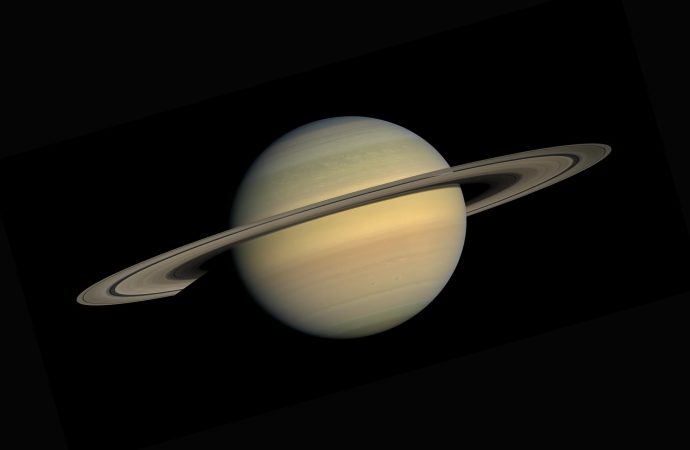Introduction: In a celestial spectacle that has left astronomers astounded, scientists have recently captured a rare phenomenon where a star devours a nearby planet. This captivating event offers a unique window into the grandeur and complexity of the universe, showcasing the awe-inspiring dynamics of celestial bodies. This article explores the remarkable details of this cosmic
Introduction:
In a celestial spectacle that has left astronomers astounded, scientists have recently captured a rare phenomenon where a star devours a nearby planet. This captivating event offers a unique window into the grandeur and complexity of the universe, showcasing the awe-inspiring dynamics of celestial bodies. This article explores the remarkable details of this cosmic feast, delves into its significance for our understanding of stellar evolution, and highlights the cutting-edge research that unveiled this extraordinary occurrence.
The Astronomical Discovery:
The discovery of this extraordinary cosmic event was made by a team of dedicated astronomers who tirelessly observed the heavens using state-of-the-art telescopes and advanced imaging techniques. Their attention was drawn to a distant star nestled within a distant planetary system, located approximately 500 light-years away from Earth. Through meticulous observations, they bore witness to the stunning spectacle of the star consuming one of its neighboring planets.
The intense gravitational pull of the star acted as a cosmic predator, tearing the hapless planet apart as it spiraled closer. The planet’s destruction unleashed a cataclysmic release of energy, forming a mesmerizing cosmic display that mesmerized astronomers and provided invaluable insights into the intricate dance between stars and their planetary companions.
Significance for Stellar Evolution:
The phenomenon of a star devouring a planet offers profound implications for our understanding of stellar evolution. This rare celestial banquet allows scientists to study the intricate processes that govern the life cycles of stars and the fate of the planets orbiting them. While such events are incredibly elusive and challenging to observe, this recent discovery provides a precious opportunity to broaden our understanding of the cosmic forces shaping our universe.
By witnessing the devouring of a planet, astronomers gain invaluable insights into the dynamics of planetary systems and the interplay between celestial bodies. The observation of stellar feasting deepens our comprehension of planetary formation and the ultimate fate of these celestial objects. It adds to the mosaic of knowledge about the diversity of stellar systems across the cosmos.
Groundbreaking Research and Collaboration:
The discovery of this rare celestial phenomenon represents a milestone in astronomical research and is a testament to the power of collaboration. Astronomers from different research institutions joined forces to collect and analyze vast amounts of data, construct theoretical models, and validate their findings.
Advanced telescopes such as the James Webb Space Telescope (JWST) and high-resolution spectroscopic instruments played a crucial role in capturing the intricate details of this celestial banquet. The collaborative efforts of scientists from around the world have pushed the boundaries of astronomical knowledge, highlighting the importance of international cooperation in unraveling the mysteries of the universe.
Implications for Future Discoveries:
The observation of a star devouring a neighboring planet paves the way for future astronomical investigations and explorations. Astronomers are now more aware of the potential occurrence of similar cosmic feasts within other planetary systems. As technology advances and observational techniques improve, scientists will undoubtedly unveil more instances of stellar consumption, deepening our understanding of these extraordinary celestial events.
This discovery also raises thought-provoking questions about the prevalence of such cosmic feasts throughout the cosmos. How frequently do stars devour their planetary companions? What conditions give rise to these astonishing events? These inquiries will fuel the curiosity and drive of future astronomers as they embark on new ventures to unravel the mysteries of the universe.
Conclusion:
The recent capture of a star devouring a neighboring planet has enthralled astronomers and sparked widespread fascination with the wonders of the cosmos. This rare celestial phenomenon provides a glimpse into the mesmerizing dynamics of celestial bodies and offers invaluable insights into stellar evolution. By witnessing the cosmic appetite of stars, scientists are drawn closer to understanding the intricate mechanisms that govern our vast universe.

















Leave a Comment
Your email address will not be published. Required fields are marked with *